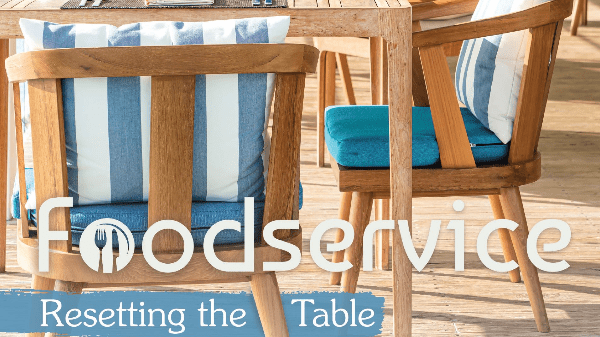Produce distributors and others in the supply chain had to quickly pivot to make up for the loss of traditional foodservice business due to COVID-19 shutdowns.
One way was to support their foodservice customers’ new models—for example, providing produce and helping source other items as restaurants offered groceries, or repacking carrots, apples, and oranges into to-go portions for schools.
At Markon, business declined 80 percent in the first week of the shutdown (March 14). But it slowly climbed back to about 60 percent of normal volume by the end of spring, as more restaurants reopened, at least in some form.
“It’s not normal, but it’s getting back to the ‘new normal’ better and faster than we thought it would,” said Tim York, recently retired president of Markon Cooperative, Inc. BB #:123315 of Salinas, CA, whose members are foodservice distributors.
Rebounding to the sales levels of the past is a different matter. “That will be a slow climb,” he said.
Direct-to-consumer maneuvers
A number of distributors and grower-shippers have also experimented with direct-to-consumer models. Customers, especially in urban areas, were leery of shopping in grocery stores and often couldn’t find what they wanted there due to shortages, especially in the pandemic’s early weeks—at the same time, foodservice suppliers had produce they couldn’t sell.
“We turned our office into a distribution center for bulk, single, and small packs and delivered a lot of produce to private homes, all contactless and safe,” said Harris Cutler, president of root vegetable distributor Race-West Company BB #:156704 in Clarks Summit, PA.
“They got $250 to $300 of fresh produce, with the price divided among four to six families, and the result is a better eating experience.”
Although the segue helped generate cash flow, the objective was more to help Race-West’s customers, farmers, and wholesalers, Cutler says. “We’re still far from breaking even.”
Similarly, Brothers Produce, Inc. BB #:121206 delivered wholesale commodities to families in the Houston area, while Pacific Coast Fruit Company BB #:100777 launched a $25 produce box for customer pick-up at its warehouses in Portland, OR, and Kent, WA.
Sysco Corporation, the foodservice giant, held single-day pickup events for customers at its distribution centers in Sacramento and other markets. Even food and beverage giants like PepsiCo and Mondelez International began delivery services and may keep their newly-forged direct-to-consumer relationships.
“There were thousands of DTC boxes sold to people who wanted to keep away from retail, delivered to the back of their vehicle,” says Brian Denton, director of brand marketing and development at PRO*ACT, LLC BB #:141746 of Monterey, CA, a national network of more than 50 independent produce distributors, for which foodservice is the most important channel.
“The DTC model has been phenomenal in Los Angeles, in metro areas in New York and New Jersey, and in Portland,” Denton said. “I think even when sheltering is more relaxed, we’ll still see more DTC boxes in big cities. It is labor-intensive but proving to be beneficial to the community.”
This is a multi-part feature adapted from the cover story of the July/August 2020 issue of Produce Blueprints.



